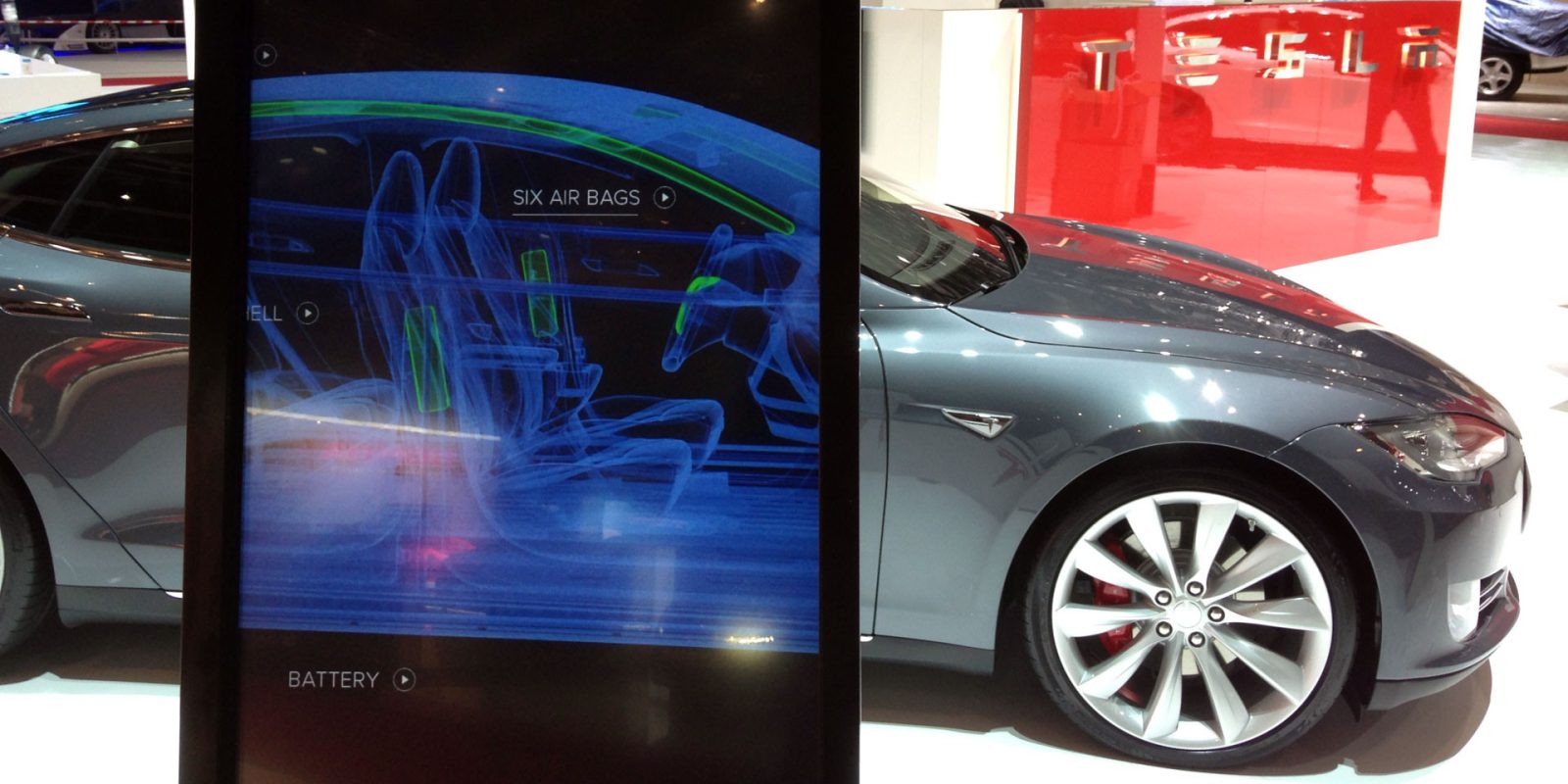
Unless you are getting your car in for service regularly for a full check-up, you are generally waiting for something to break in order to fix it. However, Tesla is now working on a more efficient approach.
A new patent application reveals that Tesla is developing a way to detect car issues before they happen and even autonomously drive the car to a service center.
Tesla has filed a patent application for a way to monitor “stress cycles” of certain components in its vehicles in order to detect a potential failure before it happens.
The company describes issues with the current ways to approach “stress-related damage”:
“Various strategies can be employed to detect and address stress-related damage. One approach is simply to wait for a failure to occur and replace or repair the failed component upon failure. However, this is a risky approach, as equipment failure can pose safety hazards and/or cause more widespread damage than if the problem had been addressed prior to failure. Another approach is to inspect or replace the equipment at regular intervals (e.g., monthly inspections, or inspections after a certain amount of vehicle mileage). These intervals may be based on a “rule of thumb” or other estimation method. Although performing inspections and maintenance frequently may be likely to prevent equipment failure due to stress-related damage, this approach may be inefficient. For example, components may be replaced even when they are not damaged. Moreover, performing regular inspections may be time-consuming and costly.”
Tesla’s solution involves “stress sensors” throughout the vehicle and processors configured to monitor the sensors.
Here’s the automaker’s description of the system:
“A system for monitoring stress cycles includes memory storing a base value and an inflection value of a stress cycle and one or more processors coupled to the memory. The processor(s) are configured to receive a series of stress values from a stress sensor. For each stress value in the series, the processor(s) are configured to perform operations including performing a first comparison between the stress value and a previous stress value in the series of stress values, detecting an inflection in the series of stress values based on the first comparison, updating the base value and the inflection value in response to detecting the inflection, performing a second comparison between the stress value and the base value, determining whether the stress cycle is complete based on the second comparison, and recording the stress cycle in response to determining that the stress cycle is complete.”
Here are charts of how the different parts of the system would communicate:
As shown in the chart, Tesla is working on a way for its service centers to be connected to this stress monitoring system and suggest service based on the information it receives from the system.
The automaker is even envisioning a future where the vehicles would even drive to the service center themselves after detecting issues:
“In some examples, a processor may be coupled to one or more external entities over a network. Accordingly, a processor may be configured to send stress cycle and/or damage data over network to various recipients. For example, a processor may send stress cycle and/or damage data to a service center, such that service center may contact the operator to schedule a maintenance appointment when a damaged subsystem is identified. Additionally or alternately, when a vehicle is an autonomous vehicle, the vehicle may be instructed to drive autonomously to a service center for repairs.”
Here’s the full patent application:
[scribd id=397043561 key=key-R6bMjpxVC0UAzNM52QqS mode=scroll]
FTC: We use income earning auto affiliate links. More.






Comments